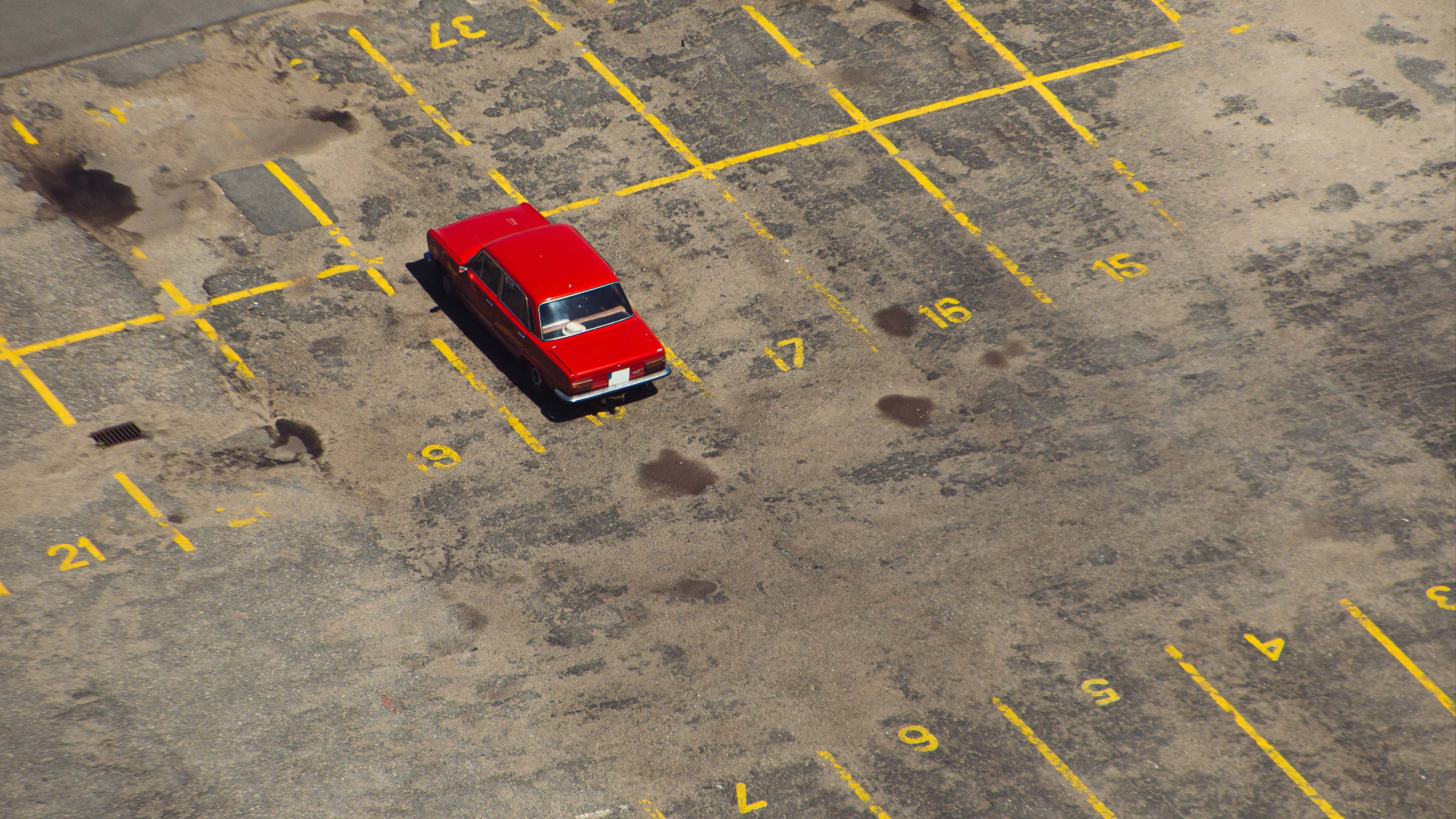No matter the purpose of your fleet, if your vehicles are standing idle for any reason, you are likely losing money on your fleet assets. There are many ways to reduce vehicle idle time and optimise your fleet to ensure you are getting the best possible value on your fleet investment.
All fleets go through phases: whether it’s related to the economy, client demand, routing or supply chain changes, your fleet needs to adapt. In some cases, this might be as simple as temporarily re-allocating a few vehicles to other tasks, while in others you may have to revise your entire fleet structure to ensure your vehicles are ‘earning their keep’.
If you’re unsure whether your vehicles are being properly utilised, the below pressure points should give you an idea of whether your fleet is still in good operating order, or whether you need to revise some aspects to make sure all your vehicles are being used to their best advantage.
Calculate downtime per vehicle

Get an overview of which vehicles are standing idle when and for how long. Find out why they are standing idle: are they in poor condition or no longer fit their intended use? The next step is to consider the following:
- Can these idle vehicles be used for another purpose - and will they properly fit a new purpose and be cost-efficient in a different role?
- Is the downtime temporary? Perhaps these vehicles can be utilised on a busier route until their current route re-opens or picks up again.
- Is it time to de-fleet, or will that simply require more vehicles to be added in the future? Which option will be most cost-effective in the long term?
There are plenty more scenarios that we can add, but the point is that idle assets cost money, and fleet managers must find effective solutions to keep their fleet budget as healthy as possible. A good fleet supplier will be able to help you calculate all the best solutions from de-fleeting to short-term leases or repurposing vehicles where applicable. All of this should be done with your long-term fleet goals in mind.
Work vs Personal use
This has long been a contentious topic for many fleet managers and employees alike, but with so many people working from home over the past 18 months, the old rules have become somewhat blurred. At the end of the day, however, fleet managers are still responsible for when and where their vehicles are used and it's important to keep track.
Some companies have adjusted their vehicle use policies to allow for more private use while employees work from home. Others have had to revise their definition of the term ‘private use’ to include trips starting from home (instead of the office) to see a client to be considered work use.
If you have a very detailed vehicle use policy it may be a good idea to review the difference between ‘work use’ and ‘private use’, as something this small could be throwing off your fleet calculations at the end of each month. You want to ensure you are still reporting accurate vehicle use, no matter what the recent changes have been within your fleet.
Recommended for you: Private mileage on company cars and fuel cards
Get the real picture

At the end of the day, the only way to optimise your fleet is to know exactly what is happening with your fleet. This is where detailed data capturing is essential:
- Which vehicles are being used?
- When are they being used?
- For what purpose are they being used?
- Who is using them?
- When are they sitting idle and why?
- What is the fuel and mileage data?
- What is the service and maintenance data?
All of the above information is needed to make an informed decision about the next steps to ensure your vehicles are not costing money by sitting idle and that they are instead being used for the correct purpose. The more information you have, the easier it is to get the big picture and make the right decisions for your fleet.
Whether they’re short or long-term solutions, find out how to keep your fleet assets on the move.
